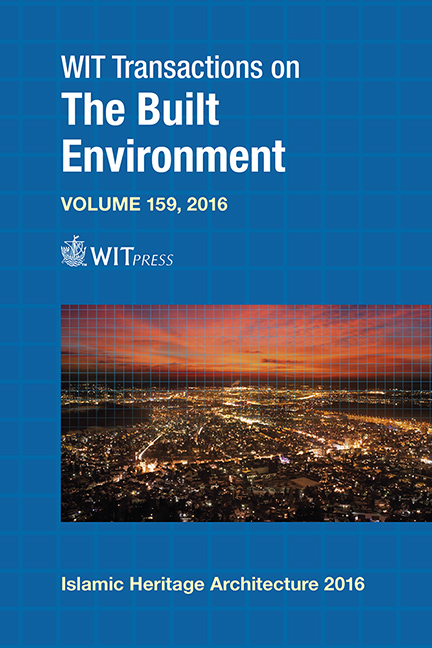Rethinking The Quality Of The Connection Between School And City According To A Sociability Analysis Of Schools Of The Timurid, Safavid And Ghajar Eras In Iran
Price
Free (open access)
Transaction
Volume
159
Pages
13
Page Range
135 - 147
Published
2016
Size
1,706 kb
Paper DOI
10.2495/IHA160121
Copyright
WIT Press
Author(s)
H. Motedayen, M. Ahangari, K. Chenari
Abstract
The following paper is a result of a field and librarian study in recognition of the connection between school and city in Iranian Islamic architecture and tries to find the different forms of these connections by analyzing the physical characteristics of the space of schools and finding their source. Thus, more than twelve structures from reputed eras of Timurid, Safavi and Ghajar were chosen. Then by studying the situation of the country in the specific era, the presence or absence and the location of a collective space for students and people in schools were studied. In this paper, which is applied and developmental, comparisons show that in the schools of those eras of Iran there was a view of connecting to city and the foundation of this connection was considered. Thus, dissimilar incorporation of social space with a school shows that there is no uniform approach to all engagements. It seems that the basis of such difference should be discovered in the difference between the policies of each government. Accommodation of analysis shows three general interpretations from the meaning of connection. It is best to arrange and analyze different connection qualities to clearly understand these interpretations. It can be concluded from the analysis that knowing that the sociability of schools plays a key role in explaining the position of this space in each era, it seems to assume that “although schools’ structures of traditional Islamic eras of Iran were affected by their performance, they consequently reflect beliefs of rulers” is defendable.
Keywords
Islamic architecture, schools, space creation, government, sociability




